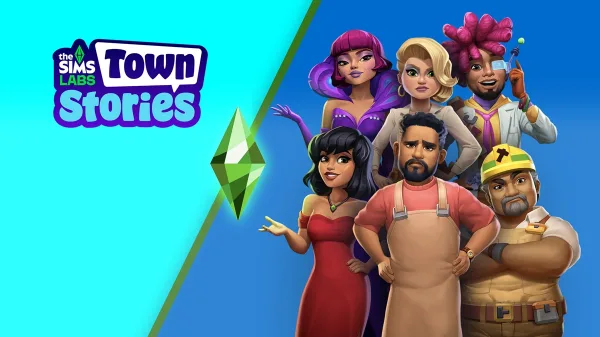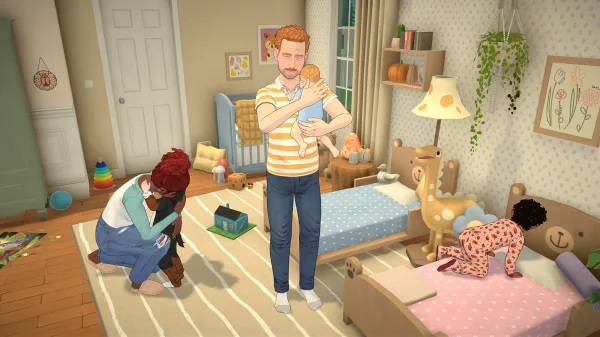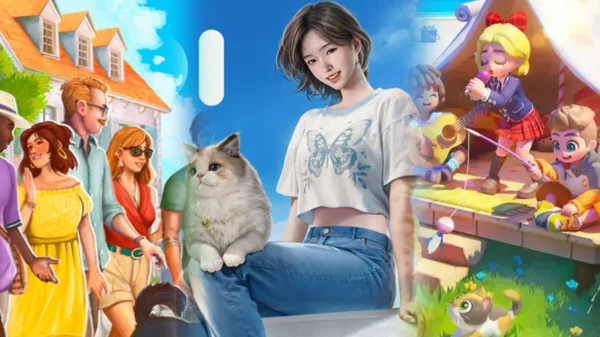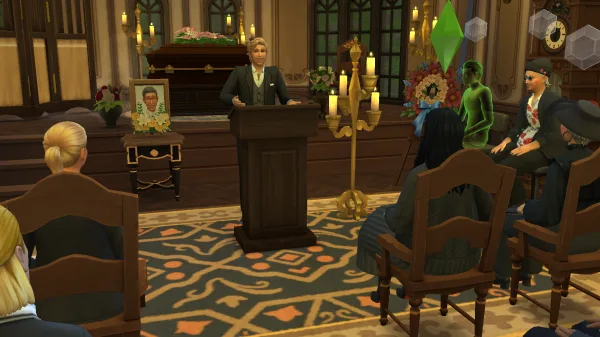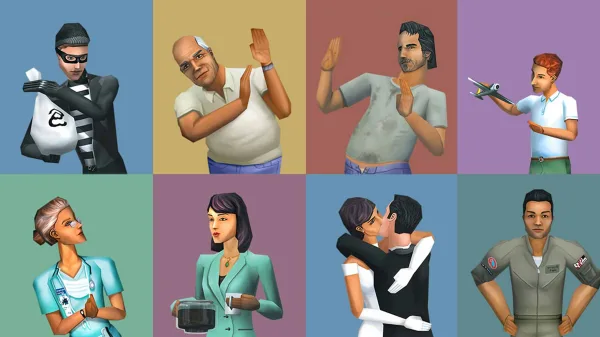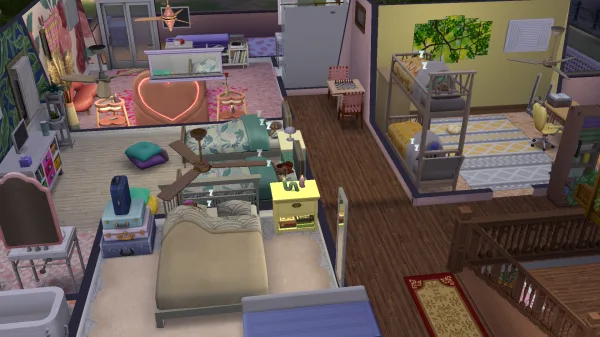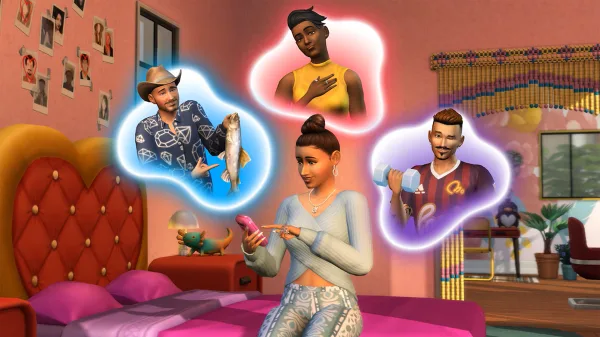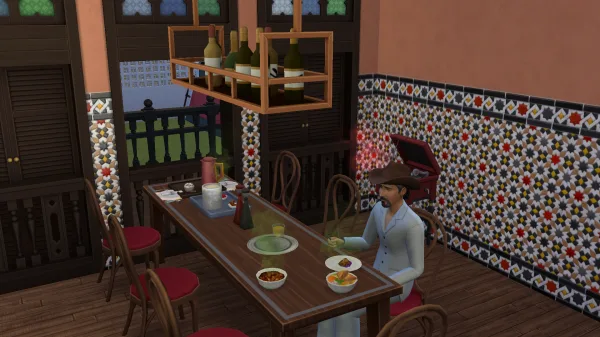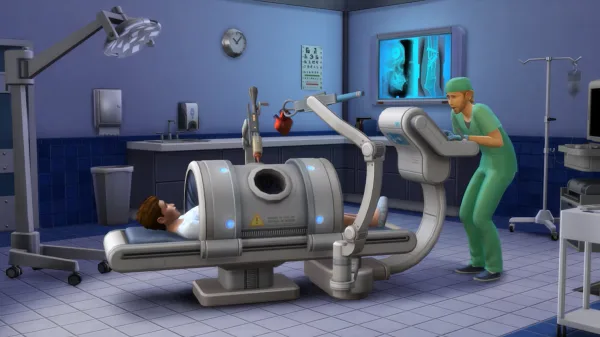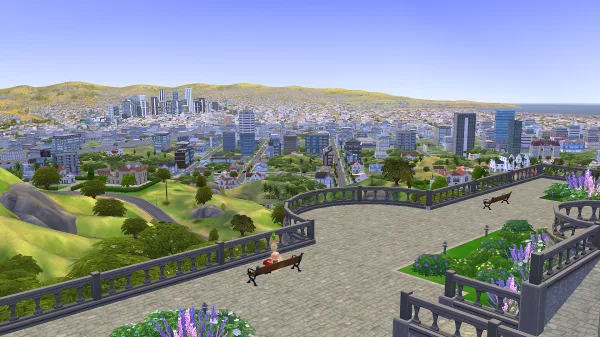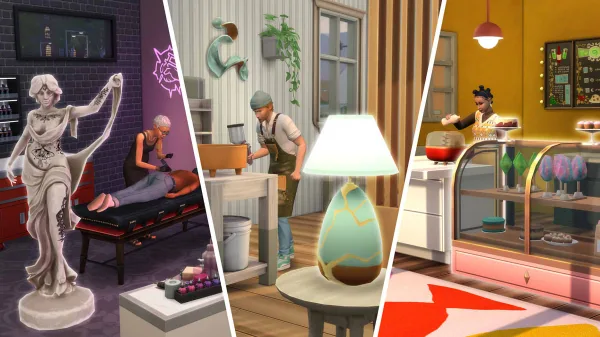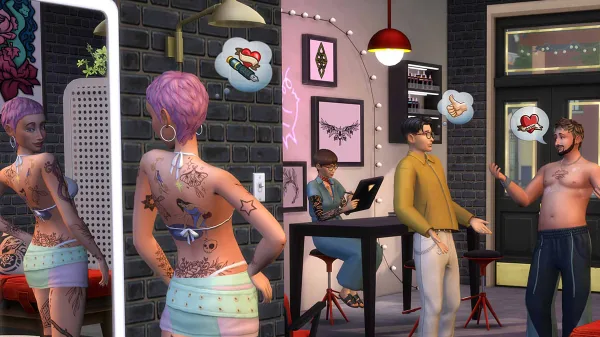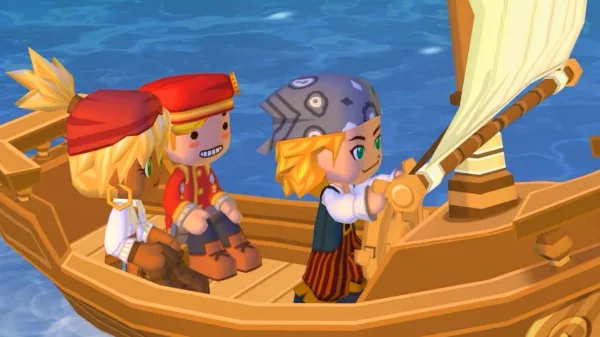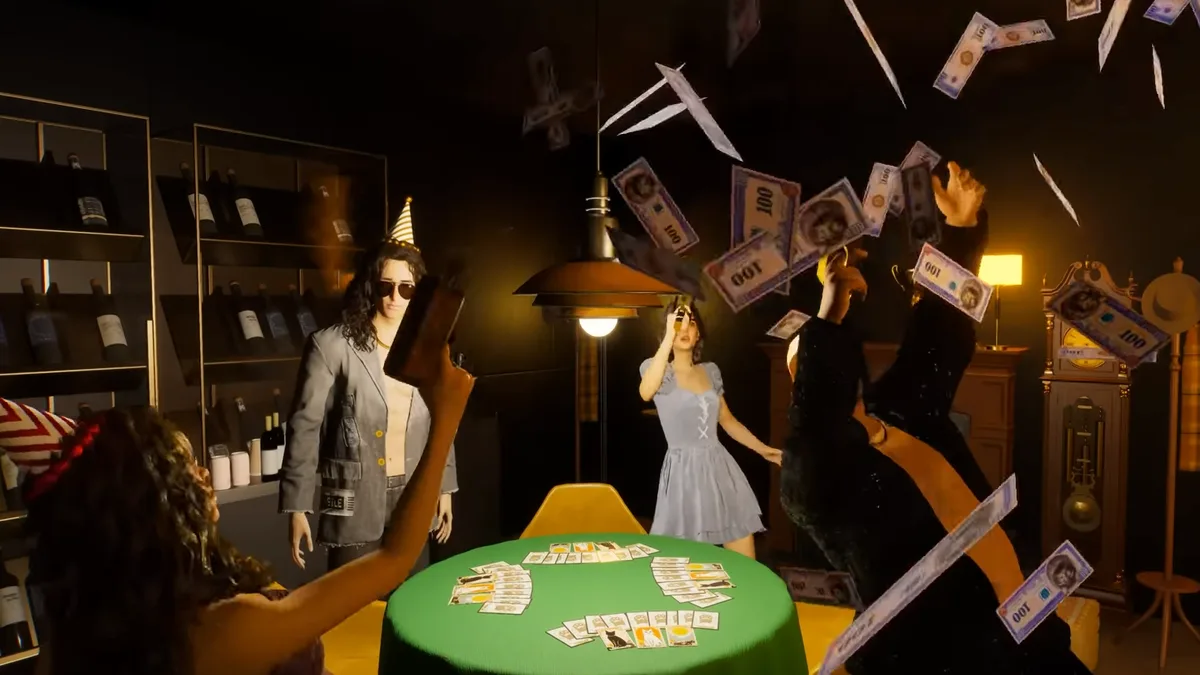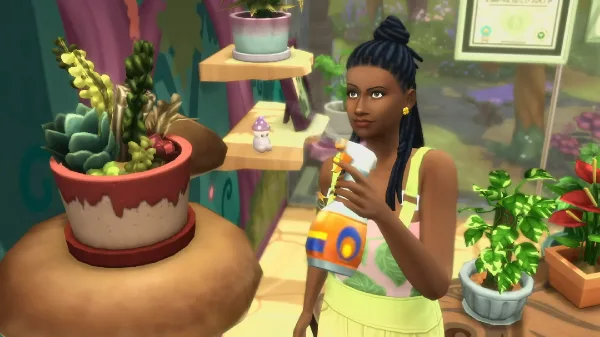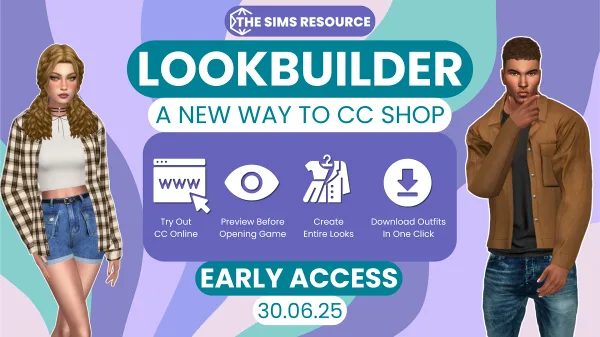InZOI’s early access period is well underway, to a mixed reception. On one hand, gamers have praised its flexible gameplay and more realistic art style. On the other hand, it has also faced a fair amount of criticism about its overall game design. And, more specifically, due to its use of Generative AI (GenAI). The InZOI team shared a full notice clarifying the use of genAI in their life simulator on May 13th 2025.
In their statement, they addressed the role of GenAI in four specific areas of their game:
- Text-to-image generation
- 3D ‘printing’ generation (the term they use for AI-generated meshes or ‘blueprints’)
- Video-to-motion capture
- InZOI Studio’s general development principles
The statement primarily explores what they used for datasets and model training. What they didn’t explore, though, was how these networks operate on a more technical level. As a result, this leaves questions unanswered about two hot button topics when it comes to genAI: how training data is credited, and if there was any potential environmental impact.
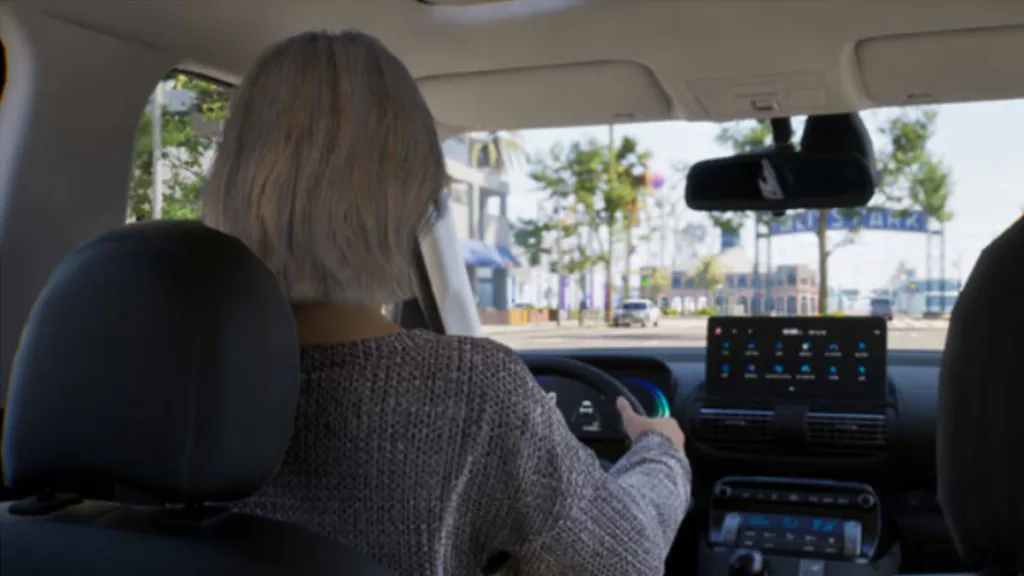
Before they published the statement on their Steam page and website, they had included a brief disclosure, also on Steam:
Players can generate unique textures for character outfits and various items based on text input. They can also create 3D objects from image input, which can be used as interior decorations or accessories, and add distinctive motions to their Zoi using video input. Additionally, the actions and thoughts of Zois are controlled through sLM [sic] technology, enabling more engaging and intuitive interactions.
The disclosure explains how AI impacts gameplay fairly comprehensively. But, at the time, there wasn’t much clarity on the AI’s underpinnings. So, this is what the later statement primarily goes on to address. The disclosure could also arguably be a little biased. Who’s to say that the small language model (SLM) made the interactions more engaging?
You can find their full, newer statement on their website, but here’s a quick rundown of each part of it and the feature it relates to.
Text-to-image generation
InZOI’s text-to-image technology (T2I) is probably what’s closest to what you first think of when you think of GenAI. You jam a prompt in and it spits out slightly uncanny art and patterns for your Zois’ homes.
The notice states that this feature is trained on 20 million images selected using MOSAICML’s Common Canvas methods, alongside additional filtering. The images used have Creative Commons licenses with certain allowances for modification and commercial purposes. The model itself uses open-source architectures with commercial use licenses.
3D printing generation
This feature is similar to the T2I system, but makes 3D objects instead. So, your prompt won’t pump out a poster. Instead, it approximates the end table you wanted. They refer to it as creating blueprints for 3D printing.
This time, the model was trained using around 46,000 3D models that are either owned by Krafton/InZOI Studio, or belong to datasets licensed for commercial use. There’s no mention of Creative Commons licensing for this part of the statement.
Video-to-motion technology

This is a little different from the last two features of InZOI we’ve explored. This one controls movement animations. So, when your Zois move around, dance, and so on, you’re literally seeing this technology in motion.
They trained the Video-to-Motion (V2M) technology on more than 1.7 million data samples. Krafton (or InZOI Studio) mostly collected and own these samples. The samples they don’t own are from publicly available datasets with open licenses. It doesn’t mention where to find these publicly available datasets.
Key development principles
This is more about how the studio functions while developing the game rather than about features in the game itself. The three principles outlined for their work with genAI tech included:
- Using open source technologies with commercial licenses;
- Selecting datasets licensed for commercial use;
- Operating report and review system for addressing claims.
The statement raises more questions about attribution and wider genAI use in games
So, that’s what we currently know about the use of genAI in the game. This poses a few questions around the datasets, leaves some ambiguity about the posssible impacts of the models, and brings up some important topics about the ethics of genAI. These questions don’t just relate to InZOI singularly, but also to the more general use of genAI in game development.
The datasets used for training InZOI’s genAI functions aren’t currently clearly attributed, and we don’t know where they’ve come from. This is particularly interesting when it comes to the T2I feature. The statement stresses that the images – of which there are more than 20 million – used to train the T2I model consist of images licensed under Creative Commons (CC) licensing that allows for commercial use and modification. CC licenses are a collection of copyright licenses that you can apply to your creations to set general parameters around how others may use your work.
Something that every CC license has in common is that they all require fair attribution. So, under the terms of the license, genAI models that use images with CC licenses should theoretically provide appropriate credits for their sources. Exactly what this means varies, and isn’t set in stone. Right now, such credit doesn’t appear to be available for InZOI’s dataset. This may be addressed by other regulations, but it makes the statement’s focus on CC licensing interesting.
Creative Commons licenses, fair use, and genAI
A blog post shared by CreativeCommons.org sought to clarify the role CC licensing has in relation to AI on a broader scale, noting that the circumstances vary on a case-by-case basis. It clarifies that CC licenses don’t override any other copyright laws that might be in place. They cite fair use laws in the United States as an example here, alongside European Union legislations about data mining (or, pulling patterns from huge datasets).
Fair use laws set out conditions for the use or reference to copyrighted works, including the intention and impact of the work, and how much the user has adapted it. These laws lack hard and fast boundaries on how they’re meant to be applied, making it difficult to know exactly how they fit into the genAI landscape. If something is being used through fair use principles, then you generally aren’t obligated to credit the source.
Despite that, works licensed for CC do at least say they need attribution, and that’s the concept that the InZOI statement focuses on. Plus, fair use is an American law, meaning it may be less relevant to the datasets used than CC licensing is anyway. In that case, it’s easy to wonder where the attribution is. Both for this dataset, and for other genAI datasets more widely. If other conditions are in place that make attribution unnecessary, then addressing that would clear things up.
Does using Creative Commons images remove all ethical concerns for using them to train genAI?
While using CC images for a dataset means that some form of general permission was given for the use of images, it still raises some ethical questions. Firstly, one of the stipulations set out by CC licensing is that the user should attribute them. Since they don’t seem to be attributed, it means that the permissions that are set might not be honoured.
Secondly, while CC licenses allow for works to be used by others, there’s a lot of work out there that was licensed in this way before genAI training was even a concern for most artists. Ethically speaking, is it wholly possible to give consent for something that doesn’t exist yet?
Looking to the wider creative industries
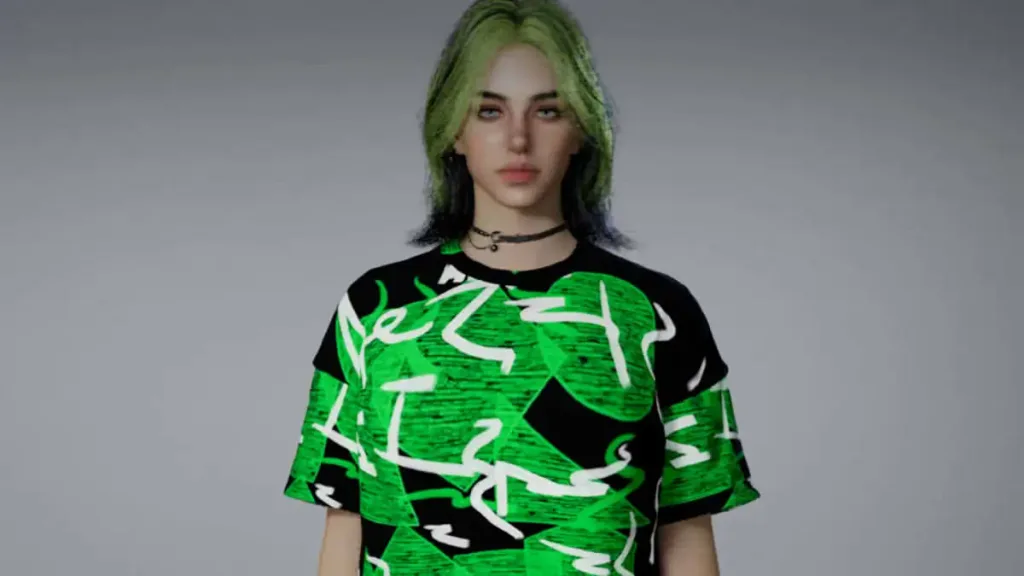
Thinking beyond InZOI, there are many calls for the regulation of genAI throughout a variety of creative fields, including the music and film industries, alongside discussions about the potential (and ongoing) impacts of genAI. Similar conversations are appearing across the gaming industry, assessing both the potential legal ramifications of using these technologies, as well as the other possible consequences it could have on the wider field.
Using genAI without clear legal frameworks set out on a structural level beyond the actions of individual studios poses risks. This is particularly the case as laws surrounding it potentially develop and change. And, looking to the industry more broadly, huge numbers of layoffs are occurring. Concerns surrounding anything that could lead to fewer workers hired for a project seem entirely fair.
Do we really need to use genAI for game development?
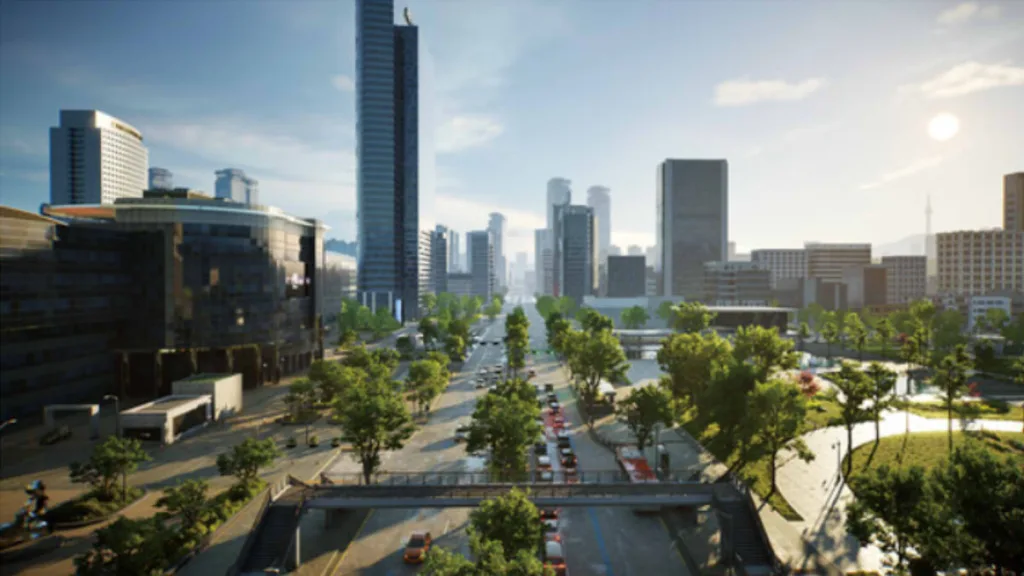
Continuing to look at the bigger picture beyond InZOI, genAI technology has enough issues attached to it to beg the question as to whether it really needs to be used for game development. GenAI is massively resource-intensive, as it uses a lot of electricity and water to run. In turn, it tends to have a significant carbon footprint associated with it.
Research published in Environmental Science & Ecotechnology (ESE) suggests that training models like GPT3 can emit over 550 tonnes of carbon dioxide, a greenhouse gas that contributes to global warming. Just last year, the International Energy Agency estimated that the rapid growth of genAI could lead to data centres being responsible for around one-third of the demand for electricity in Ireland by 2026.
The green impact of large-scale genAI processes also poses immediate concerns for communities near data centres and other facilities. Noise disturbances, worsened air quality, water use, and other industrial pollution are all dangers for communities in areas like Chandler, Arizona and Memphis, Tennessee, where centres are constructed. Similarly, data centres in Loudoun, Virginia use 4,000 diesel backup generators. Diesel generators can pollute the air and, in turn, expose locals to substantial health hazards.
Although all of this pertains to much larger-scale operations, it still helps to highlight how genAI can impact the environment. The games industry already has other green and social commitments to address, including electronic waste, carbon emissions, internet pollution, and, much like AI, environmentally unsound and unethical materials mining. Is it actually necessary to risk contributing to the environmental footprint of the games industry, to achieve things we’re already capable of without it?
More transparency is needed to fully understand how InZOI uses AI
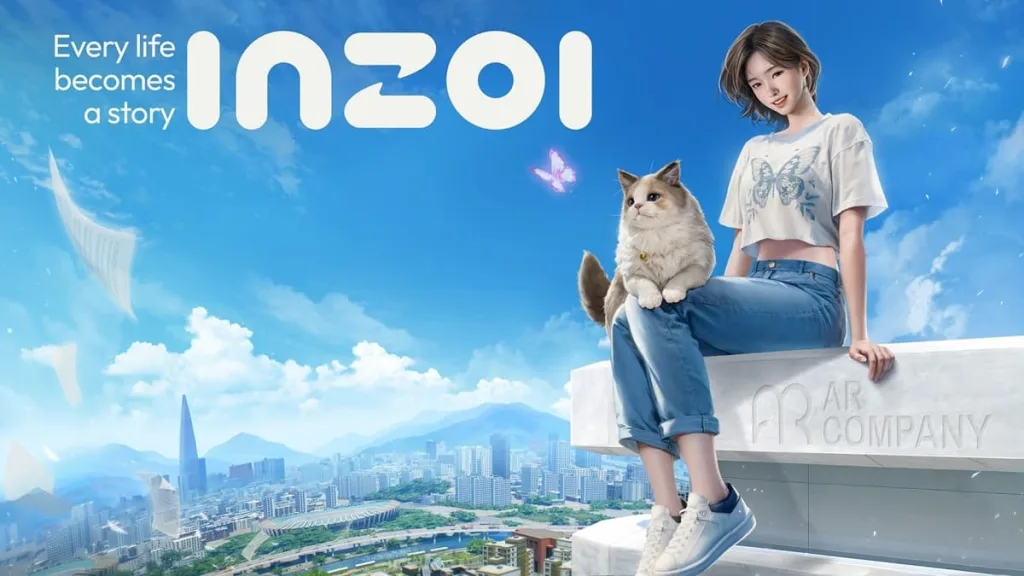
The statement definitely offers a look behind the proverbial curtain at how genAI is used for InZOI. And, it gives us more information than we had before. Despite that, the transparency arguably doesn’t go far enough. There’s some gaps in the technical information for now, raising new questions about the types of networks used and how images in the datasets are licensed.
Potential green concerns
Understanding the potential environmental impact of the genAI used in the game would go a long way, for starters. Whether intentionally or not, this topic is alluded to in the original AI disclaimer on the game’s Steam page, thanks to the mention of SLMs. SLMs are used for Zois’ actions and thoughts. These smaller networks are generally less resource-intensive than large language models (LLMs). So, hypothetically using a small model could be greener than using a large model.
However, even with that in mind, it doesn’t make it clear what types of models and networks are used for other aspects of the game. And, even with SLMs needing fewer resources, it’s still unclear exactly how much ‘less’ would be in context. Intentional transparency around the game’s possible environmental footprint would help to clear things up a lot in general.
Data attribution
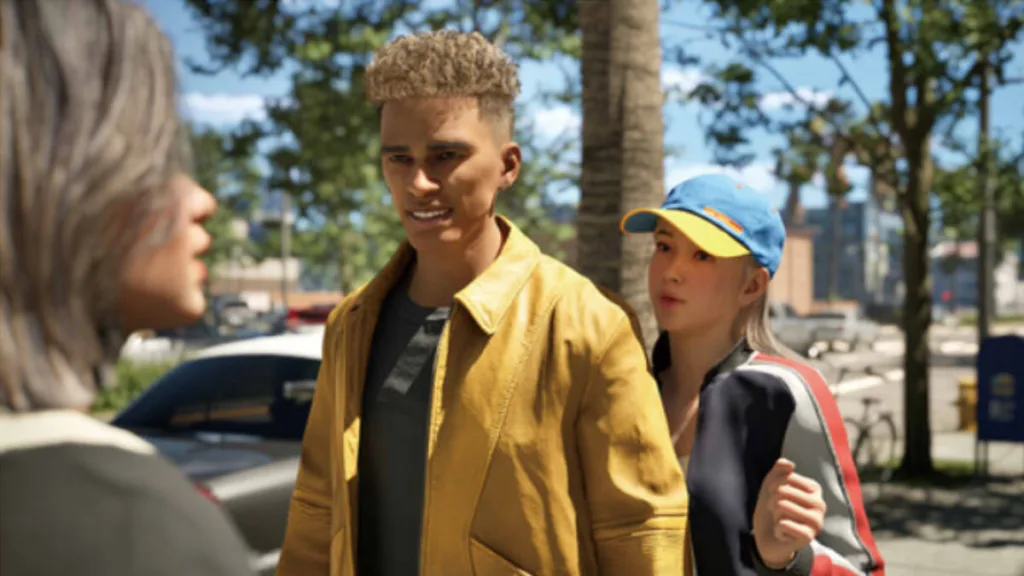
Moreover, it would be interesting to know how the datasets are attributed, and if they aren’t, under what conditions. An emphasis is placed on the use of CC images for some parts of the game, while other sections focus on the fact that publicly available data is used. It’s not, however, made clear where this data comes from originally.
Similarly, insights into the reporting and reviewing systems they have in place for any claims could be interesting. Particularly considering the lack of clarity surrounding what data is used. If data isn’t clearly attributed, how feasible is it to make a claim if you suspect that yours was used improperly?
Why is it such a big deal?
Well, InZOI isn’t the first game to use genAI technology, and as it stands, it won’t be the last. Holding popular titles to account helps to set a standard for the wider industry. GenAI has some big concerns connected to it in terms of the environment, pollution, and protections for artists in terms of copyright law. So, talking about these issues and expecting transparency is important.
Things could still change
Considering that the statement was made to build trust and provide clarity on the technology, addressing these areas could help to do so further. InZOI is still in Early Access, so it’s changing frequently, and regular updates are being given on their website and Steam. Hopefully, some clarification around these issues will follow with time.
Toni is a writer, content creator, and simulation fanatic. He started playing The Sims 1 in the early 2000s when expansion packs still only cost a fiver and the inflatable sofas were contemporary.





